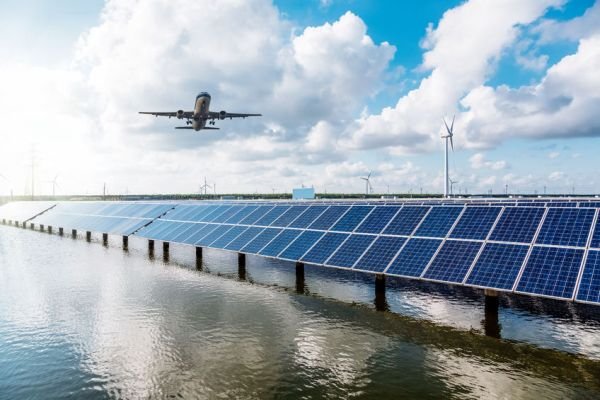This article talks about a possible model for the sustainable revival of lakes along with solar energy generation. The study was conducted on the backdrop of Samethanahalli lake, located in Bengaluru Karnataka.

The researchers have tried to bring together technologies and techniques from solar power plant design and implementation, revival and rejuvenation of lakes, waste water treatment along with ground water recharging and an econometric modelling to establish a financially feasible self-sustaining model for revival of lakes and urban water bodies.

The project is beneficial for all stakeholders as –
- Government / BBMP (Bruhat Bengaluru Mahanagara Palike) / Municipality – will no longer need to invest money and effort in the lake.
- Residents/community – will get well-developed park cum lake, increase in water table, improved overall security of the area & real estate perception and long term direct and indirect employment.
- Flood control –Improved lake water holding capacity, leading to flood control.
- DISCOM – power at the point of consumption – savings in transmission and distribution losses.
- Carbon Sequestration – the lake ecosystem overtime builds and absorbs a large quantum of carbon in the form of green matter, which gets sequestered and buried under the lake.
According to the researchers, the project is not only financially and economically attractive for the stakeholders, but it is also creating an ecosystem with a strong legal commercial structure that can stand for 25 years.

A ‘Clean-Future Exclusive’. The research paper is written by Ranganatha & Malank Goel






